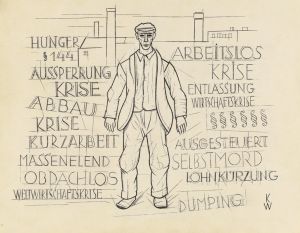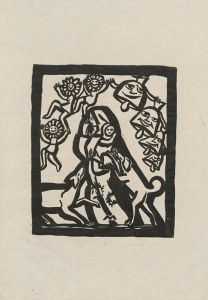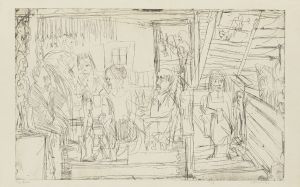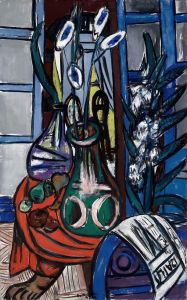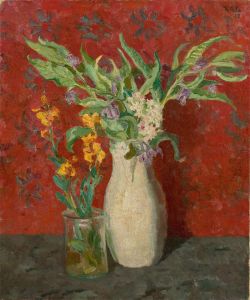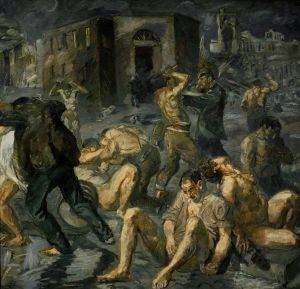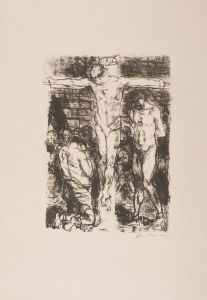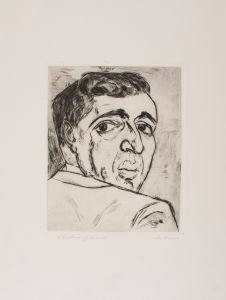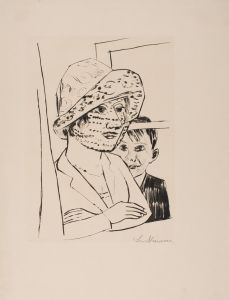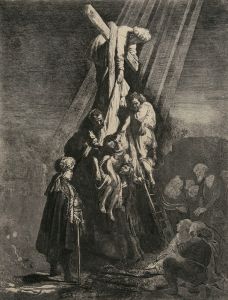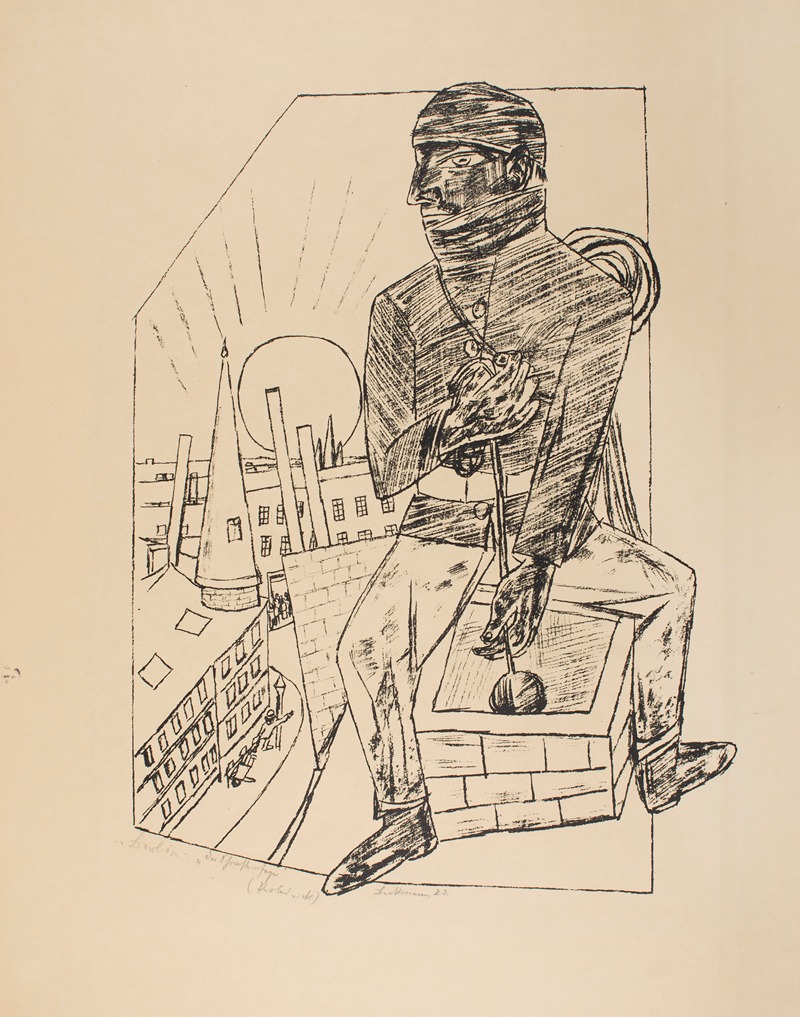
The Chimney-Sweep
A hand-painted replica of Max Beckmann’s masterpiece The Chimney-Sweep, meticulously crafted by professional artists to capture the true essence of the original. Each piece is created with museum-quality canvas and rare mineral pigments, carefully painted by experienced artists with delicate brushstrokes and rich, layered colors to perfectly recreate the texture of the original artwork. Unlike machine-printed reproductions, this hand-painted version brings the painting to life, infused with the artist’s emotions and skill in every stroke. Whether for personal collection or home decoration, it instantly elevates the artistic atmosphere of any space.
Max Beckmann's painting "The Chimney-Sweep" is a notable work by the German artist, who is recognized for his contributions to the Expressionist movement. Beckmann, born in 1884 in Leipzig, Germany, is known for his distinctive style that often combines elements of realism with a more abstract, expressive approach. His works frequently explore themes of human experience, often reflecting the tumultuous socio-political landscape of his time.
"The Chimney-Sweep" was created during a period when Beckmann was deeply engaged with the complexities of modern life and the human condition. Although specific details about the painting's creation date and its current location are not widely documented, it is consistent with Beckmann's broader body of work, which often features figures in urban settings, capturing the essence of early 20th-century life.
Beckmann's art is characterized by bold lines, dramatic contrasts, and a vivid color palette, all of which are likely present in "The Chimney-Sweep." His works often depict figures in a manner that conveys a sense of psychological depth and emotional intensity. This approach is reflective of the broader Expressionist movement, which sought to convey subjective emotions and responses to the world rather than objective reality.
Throughout his career, Beckmann was influenced by the social and political upheavals of his time, including the aftermath of World War I, the rise of the Nazi regime, and his subsequent exile. These experiences shaped his artistic vision, leading him to explore themes of alienation, identity, and the human struggle. While "The Chimney-Sweep" may not directly address these themes, it is likely imbued with the same sense of introspection and complexity that characterizes much of Beckmann's work.
Beckmann's paintings often include symbolic elements, and his use of the chimney sweep as a subject could be interpreted in various ways. In European folklore, chimney sweeps are sometimes seen as symbols of good luck, while in other contexts, they represent the working class and the often harsh realities of urban life. Beckmann's choice of this subject may reflect his interest in exploring the lives of ordinary people and the societal structures that shape their existence.
Max Beckmann's legacy as an artist is significant, with his works held in major collections around the world, including the Museum of Modern Art in New York and the Tate Modern in London. His influence extends beyond the Expressionist movement, impacting subsequent generations of artists who continue to explore the themes and techniques he pioneered.
While specific information about "The Chimney-Sweep" is limited, the painting remains an important part of Beckmann's oeuvre, exemplifying his skill in capturing the complexities of human life through art. Beckmann's ability to convey profound emotional and psychological depth continues to resonate with audiences, securing his place as one of the most important artists of the 20th century.





